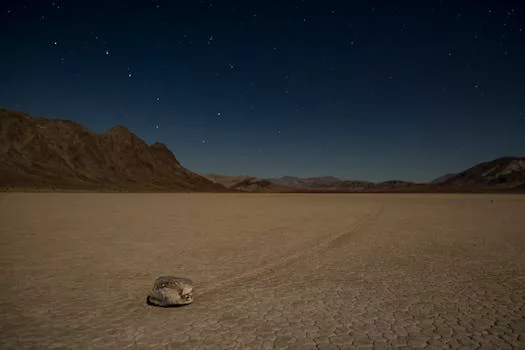
“
Introduction to the Cosmic Horizon – From Stardust to Dreams
From Stardust to Dreams: Imagining Life Beyond the Stars is a journey that takes us to the very edges of our understanding, to the realms where science meets speculation and the boundaries of human imagination are pushed to their limits. As we stand on the Earth, looking up at the star-filled sky, we are reminded of our place within the universe and the profound mysteries that lie beyond our planet.
The cosmos, with its billions of galaxies and uncountable stars, is a vast and complex system that has captivated human imagination for centuries. The dream of exploring and understanding this vastness is rooted deep within us, driving innovation, scientific inquiry, and the indomitable will to venture beyond the known. For a deeper exploration of this theme, check out Soaring Through the Cosmos: The Power of Imagination Beyond the Stars.
The Cosmic Context: Understanding Our Place in the Universe
To imagine life beyond the stars, we first must understand our cosmic context. The Earth, our home, is a tiny blue dot in the grand scheme of the universe, revolving around one of the hundreds of billions of stars in the Milky Way galaxy, which itself is just one of the billions of galaxies in the observable universe. This perspective, while humbling, also underscores the potential for life to exist elsewhere, given the sheer scale and diversity of celestial bodies.
Astronomical discoveries have revealed exoplanets, some of which are located in the habitable zones of their respective stars, where conditions are suitable for life as we know it. The detection of biosignatures, such as oxygen, methane, or other gases that could be produced by living organisms, in the atmospheres of these exoplanets is an active area of research, promising insights into the possibility of extraterrestrial life. For more on this topic, read Beyond the Milky Way: Imagining New Worlds and Possibilities.
The Science of Space Exploration and the Search for Life
The journey from stardust to dreams is not just a metaphorical one; it is also a scientific pursuit. Space agencies and private companies around the world are actively engaged in space exploration, with missions aimed at understanding the composition of celestial bodies, the potential for life, and the challenges of interstellar travel. Robotic missions have explored our solar system, from the surface of Mars to the moons of Jupiter and Saturn, providing valuable data about the conditions necessary for life.
The next step in this journey involves human exploration, with plans for returning humans to the Moon by the mid-2020s and manned missions to Mars in the following decades. These endeavors, while ambitious, are crucial for expanding our understanding of space and our capabilities within it, bringing us closer to the realization of our cosmic dreams.
Imagining the Future: Cosmic Dreams and Human Ambition
As we look to the future, our imagination plays a pivotal role in shaping our aspirations. The concept of terraforming, or making other planets habitable for humans, and the idea of establishing sustainable colonies on the Moon, Mars, or beyond, represent significant steps in our evolution as a space-faring species. These dreams, while currently in the realm of science fiction, inspire innovation and drive technological advancements, bringing us closer to making them a reality.
Moreover, the dream of life beyond the stars encompasses not just the physical act of exploration and colonization but also the philosophical and existential questions it poses. It challenges our understanding of life, intelligence, and consciousness, inviting us to ponder the ultimate question: Are we alone in the universe? For more insights on imagination in this context, see Stargazing and Storytelling: How Imagination Elevates Us Beyond the Stars.
Takeaways
- The exploration of space and the search for life beyond Earth are driven by human curiosity and the dream of understanding our place in the universe.
- Scientific discoveries, including exoplanets in habitable zones and the potential for biosignatures, suggest that the possibility of extraterrestrial life is not only plausible but also an active area of research.
- The journey to the stars is not just about the destination but about the journey itself, driving technological innovation, advancing our understanding of space, and expanding human presence in the cosmos.






